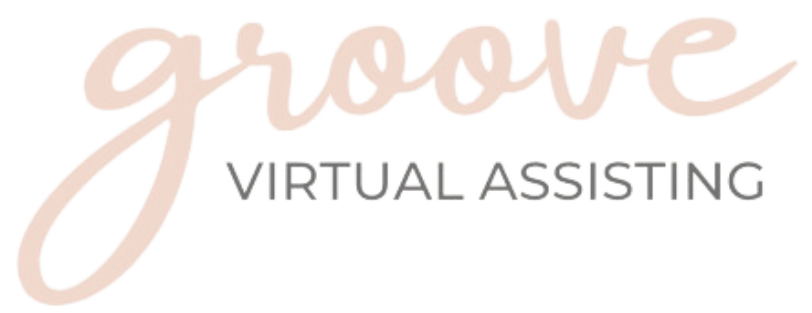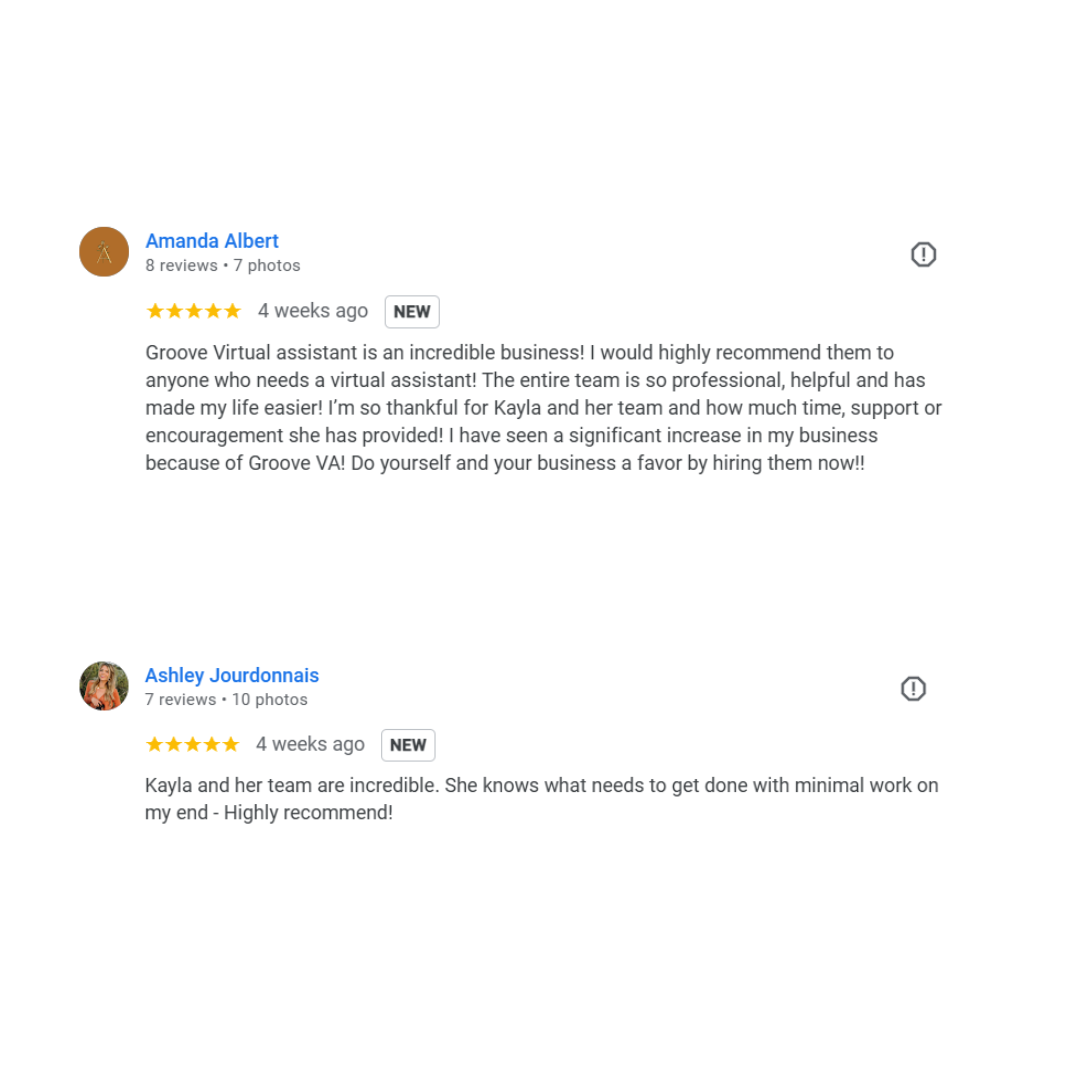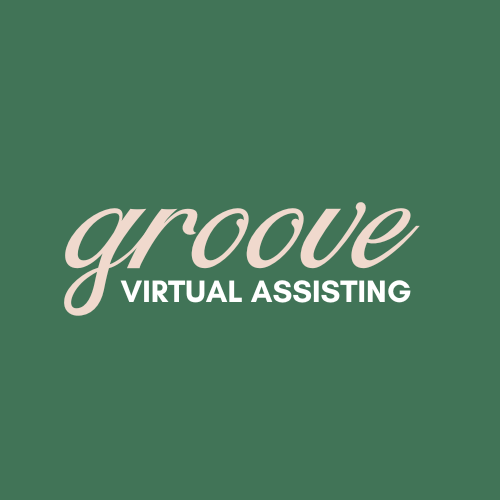If you’ve ever felt like your marketing efforts are all over the place—with blogs gathering dust, emails going unwritten, and freebies no one’s downloading—you’re not alone.
For many creative entrepreneurs (especially in marketing for photographers), the problem isn’t effort- it’s structure. That’s where the digital marketing ecosystem comes in. Whether you’re exploring digital marketing for photographers or trying to tie your content together in a way that actually converts, this post will walk you through how your blog, email list, and lead generation strategy can finally work in harmony.
What is a digital marketing ecosystem?
A digital marketing ecosystem is an interconnected framework for your marketing efforts. This can include things like your blog content, email sequences, lead magnets that attract new leads, and social media content.
Think of having a garden. Each key element of your marketing is a unique and vital part of your garden, creating a sustainable place for nurturing, visibility, and growth. For photographers and creative business owners, this means understanding how your blog post can lead to a new email subscriber, which leads to a new client.
When your marketing efforts are created to support each other and paint a path for your leads to convert, you will have people discover, build trust, and ultimately convert to your client.
Marketing is a web, not a line
When it comes to marketing for photographers and creative entrepreneurs, it’s easy to fall into the trap of thinking linearly — post on Instagram, land a client. But real, sustainable growth happens when you start viewing your efforts as a digital marketing ecosystem, not a straight line.
In a strong digital marketing ecosystem, each piece — from your blog content to your email list, lead magnets, and social media — is connected and working together to guide your audience through a journey. Someone might discover your work through a blog optimized for SEO (digital marketing for photographers 101), then sign up for your freebie, and later receive an email that leads them to book a service. It’s all part of a bigger, more holistic approach.
This web-like strategy is especially impactful in marketing for photography businesses, where connection and storytelling are essential. When your content is thoughtfully interlinked, it creates an intentional experience that builds trust and drives conversions — no matter where someone enters the funnel.
Blogging: Your Evergreen Foundation
If social media is the handshake 🤝, your blog is the conversation that builds trust over time. Blogging is the cornerstone of a strong digital marketing ecosystem — especially when it comes to marketing for photographers. While Instagram posts may fade from your audience’s feed within days (or even hours 😜), a well-optimized blog post continues to work for you for months or even years.
For photographers and creative service providers, blogging creates an opportunity to showcase your expertise, answer common client questions, and drive organic traffic to your site. It’s one of the most effective strategies in digital marketing for photographers because it not only helps with visibility but also positions you as an authority in your niche.
When paired with SEO best practices, blog content becomes a magnet for search engines. Whether someone is Googling “how to prepare for a branding photoshoot” or “what to look for in a wedding photographer,” your content can show up as the answer — long before they land on your Instagram or inquire through your website. This is where marketing for photography truly starts to scale.
Your blog posts also serve as valuable content hubs that you can repurpose into newsletters, social media captions, or client resources, making your entire digital marketing ecosystem stronger and more efficient.
Read more about how to stop ghosting your SEO blog writing here.
Email Marketing: Your Relationship Builder
If blogging brings people in, email marketing is what keeps them close. It’s one of the most powerful tools in your digital marketing ecosystem — especially when marketing for photographers or creative entrepreneurs. Why? Because it gives you direct access to an audience who already said “yes” to hearing more from you.
Unlike social media algorithms, your email list is yours. You’re not competing for attention in a scroll — you’re landing directly in someone’s inbox, where real relationships are built. For photographers, this is a chance to nurture leads with behind-the-scenes stories, helpful tips, or client highlights that showcase your style and expertise.
When used strategically, email marketing for photographers can do more than promote mini sessions or seasonal offers — it can guide potential clients through your process, educate them on what to expect, and build trust before they even book. It also works hand-in-hand with blogging: you can share recent posts, link to featured galleries, or offer value-packed freebies that turn readers into subscribers.
Think of email as the heartbeat of your digital marketing for photography — steady, personal, and always working behind the scenes to grow your business sustainably.
Lead Generation: The Entry Point into Your World
Lead generation is where curiosity turns into connection. It’s how you capture the attention of potential clients and invite them into your digital marketing ecosystem. Whether it’s a freebie, a quiz, or a newsletter opt-in, these touchpoints act as bridges — leading people from passive browsers to active members of your community.
For those offering services or marketing for photography businesses, lead generation needs to do more than just grow your list. It should attract the right people — those who align with your brand, are interested in your work, and are more likely to convert. A well-designed lead magnet speaks to their pain points or goals, offering something of value in exchange for an email address.
Think of this as your digital “hello.” It’s often the first impression someone has with your brand, so it should be intentional, relevant, and aligned with the rest of your marketing strategy. When done well, it supports your blog content, fuels your email marketing, and completes your digital marketing ecosystem.
Lead generation isn’t just about numbers — it’s about building a warm, engaged audience that genuinely wants to hear from you.
How It All Works Together
When you connect blogging, email marketing, and lead generation, you create a digital marketing ecosystem that works with you — not against you. Instead of chasing every new platform or trend, you’re building a steady, sustainable system that attracts, nurtures, and converts leads over time.
For those in the world of marketing for photographers, this ecosystem is especially powerful. A blog optimized with keywords your audience is searching for brings in organic traffic. A lead magnet captures that interest and adds potential clients to your email list. And your emails continue the conversation, deepen trust, and drive bookings or inquiries.
If you’re focused on digital marketing for photographers, think of each piece as a part of a well-oiled machine. Your blog showcases your expertise, your lead magnets offer immediate value, and your emails keep your brand top of mind — all without burning out or relying on a single platform.
Together, these tools support your visibility, build authority, and ultimately grow your business with clarity and intention.
Common Mistakes & How to Fix Them
Even the most seasoned creatives can fall into a few common traps when building their digital marketing ecosystem. Here’s what to watch for — and how to course-correct.
-
Treating Marketing Like a One-Off TaskMany photographers treat blogging or email newsletters as occasional to-dos instead of consistent tools. This leads to missed connections and stagnant visibility.Fix it: Build a repeatable content calendar that treats blogging, email, and lead gen as non-negotiables in your workflow.
-
Not Linking It All TogetherOne blog post here, a random opt-in there… without strategy, things fall flat.Fix it: Think holistically. Your marketing for photographers should flow — blog posts should lead to opt-ins, opt-ins to emails, and emails to offers. It’s all part of the same web.
-
Ignoring SEOIf your blogs aren’t optimized, you’re missing out on free, long-term traffic.Fix it: Research keywords (like “digital marketing for photographers”) and naturally incorporate them into your blog content, headings, and meta descriptions.
-
Underestimating the Power of EmailSocial media isn’t always reliable, yet some rely on it entirely.Fix it: Use lead magnets to build your email list and keep the conversation going in your own space — no algorithm required.
-
Waiting for Perfect Before StartingMany creatives hold back on launching a funnel until it’s “just right.”Fix it: Progress over perfection. A simple blog + lead magnet + email welcome sequence can go a long way while you refine as you grow.
Your Ecosystem Needs Attention to Thrive
Building a thriving digital marketing ecosystem isn’t a one-time setup — it’s an ongoing relationship with your audience. Whether you’re navigating digital marketing for photographers or simply looking to create a more sustainable and scalable marketing system, the key is intention. Every blog post, every email, and every lead magnet is a thread in the web that connects your message to the people who need it most.
You don’t have to do it all at once. Start small, stay consistent, and give each part of your ecosystem the attention it deserves. That’s how visibility turns into trust — and trust turns into growth.
Let your marketing work for you — not the other way around.















